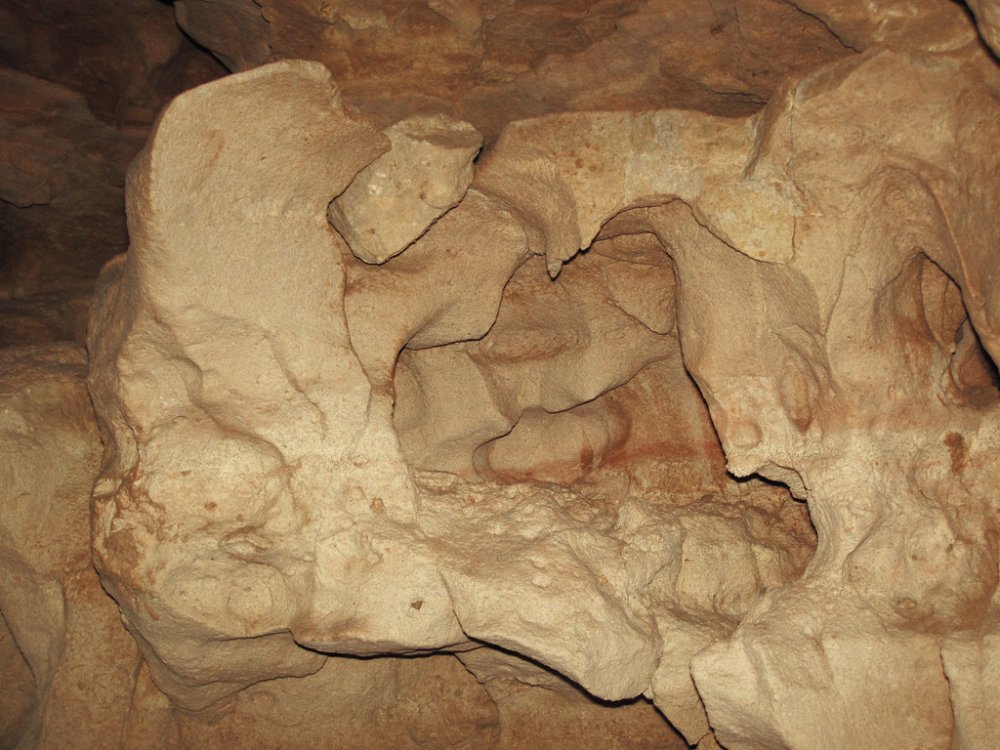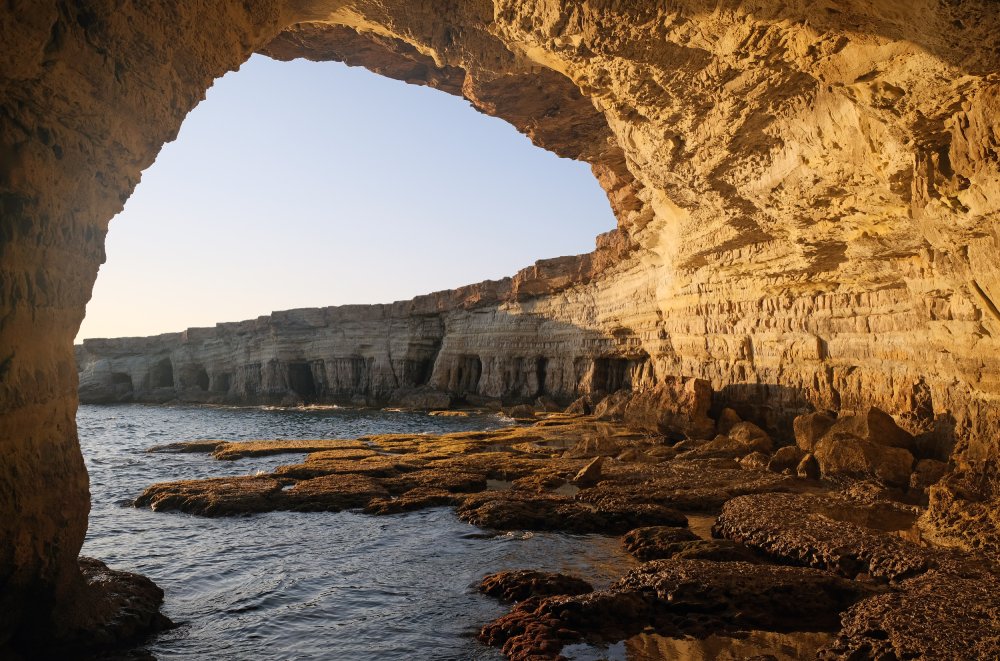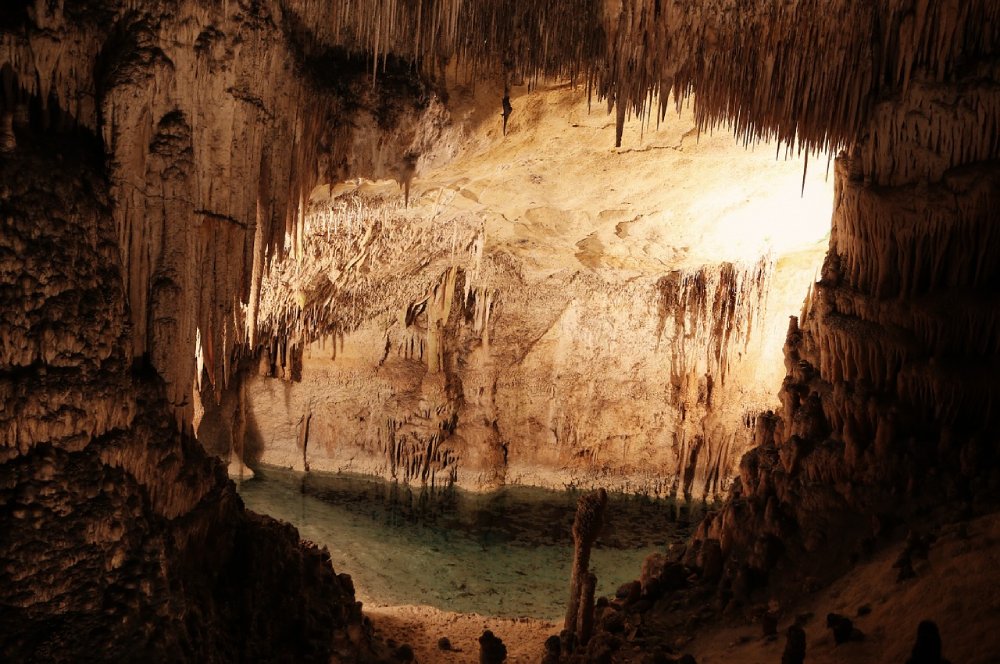Have you ever wondered how many types of caves are there and what makes them so fascinating? Caves are mysterious and captivating natural wonders, each with its unique story carved by time, water, and the earth itself. For many of us, caves evoke a sense of curiosity and adventure, drawing us to explore their hidden depths and discover the secrets they hold.
However, there can be some confusion when it comes to comprehending caves. There are a plethora of varieties, and each takes on a unique form. Because of this, it could be challenging to decide where to begin learning more or even organizing a caving excursion. The science and jargon can easily overwhelm one, which could make it less enjoyable to just observe these natural marvels.
But do not worry! This article is meant to make things easier for you. To help you feel more a part of nature, we’ll simplify the many kinds of caves into an understandable format. You’ll understand the remarkable diversity of caves and what makes each kind so unique by the end. Now let’s get started!
Types of Caves
Caves are shaped and sized differently depending on the natural processes that took thousands or even millions of years to form. The primary classification system for caves is based on their formation process. You’ll be amazed at the variety and fascination of caves when we examine each of these kinds individually.
1. Solution Caves: Nature’s Sculptors
In the world, solution caves are the most prevalent kind of cave. They originate from the gradual dissolution of limestone and other soluble rocks caused by the seepage of acidic water through fissures in the rock. Large, hollow spaces are produced underground by this process. The beautiful formations known as stalactites and stalagmites, which are created by the slow, steady drip of mineral-rich water over centuries, are a common feature of these caves.
Imagine yourself strolling through a solution cave, filled with the sound of dripping water and the cool, damp air. These caverns are beautiful because of their complex, almost otherworldly formations. As you navigate the narrow passageways, you might be overcome with awe and wonder at what you’re seeing—the patient, slow work of nature.

2. Lava Caves: The Fiery Pathways
Lava flows from volcanic eruptions to form lava caves, also called lava tubes. The molten lava beneath a lava flow continues to flow as its surface cools and solidifies, eventually draining away and leaving behind a hollow tube. Unlike solution caves, these caves are typically located in volcanic areas and have an entirely different atmosphere.
Frequently rough and rugged, lava caves feature jagged edges and intriguing wall textures. You might get the impression that you are entering a prehistoric world where molten rock and flames ruled the landscape when you stroll through a lava cave. It serves as a reminder of the untamed power of the earth and the amazing forces that shape it.

3. Sea Caves: Ocean’s Hidden Gems
The constant force of waves crashing against cliffs over time creates sea caves. The rock is worn down by the waves, leaving gaps that eventually grow into caverns. These caves are typically found near coastlines and have the potential to be very dramatic, particularly when high tide causes waves to crash into them.
Visiting a sea cave can be an exhilarating experience because you can hear the ocean roar and feel the cool spray of the sea. These caverns provide a feeling of adventure and a link to the raw force of the ocean, much like nature’s well-kept secrets. Standing at a sea cave’s entrance and watching the waves come in is a great way to experience awe and tranquility.

4. Ice Caves: Frozen Wonders
Ice caves are breathtakingly beautiful in addition to being icy. The melting and refreezing of ice, frequently inside glaciers or at the foot of frozen waterfalls, creates these caves. Inside, glistening blue ice walls with magical light filtration can be found.
Entering an ice cave feels like entering a different universe where time stands still. Your skin tingles from the cold, but the sight of the ice surrounding you is well worth the chill. These caverns serve as a poignant reminder of the ice on our planet’s transience and fragility, as well as the need to value and preserve these icy marvels.

5. Erosional Caves: Shaped by Wind and Water
Erosional caves are created over time when rock is worn away by the force of wind, water, or both. These caves can be found in a variety of settings, including riverbanks and deserts. Erosional caves are the result of a slow, steady process that gives the rock distinctive patterns and shapes.
Knowing that wind and water, two forces that are both gentle and persistent, are capable of sculpting such amazing spaces may make you feel more connected to the elements of the earth when you stand in an erosional cave. These caves serve as a powerful reminder of the beauty and tenacity that can be found in perseverance by demonstrating the strength of natural forces acting in concert over time.

How Many Types of Caves Are There?
It’s astounding to realize that there are more kinds of caves than just these five when you consider the variety of cave types that exist. There are other, less well-known kinds of caves, each with special qualities of its own. For instance, talus caves, which are formed by the piling of large boulders, and glacier caves, which are formed within glaciers, each offer something unique.
Caves are categorized according to how they are formed, and there can be a lot of variation even within the same category. While some caves are uncomplicated and easy to navigate, others are intricate networks with several levels and chambers. The diversity of caves illustrates the diversity of the earth, demonstrating that even within a single type, there are a plethora of variations to discover.
People Also Like to Ask
What is the most common type of cave in the world?
The most common type of cave in the world is the solution cave. These caves are formed by the slow dissolution of soluble rocks like limestone by acidic water. As the water seeps through cracks in the rock, it gradually enlarges these openings into vast underground caverns. Solution caves are known for their beautiful formations like stalactites and stalagmites, which add to their appeal.
What are the 5 cave features?
Five common features found in caves include stalactites (formations that hang from the ceiling), stalagmites (formations that rise from the floor), columns (formed when stalactites and stalagmites meet), flowstones (sheet-like deposits formed by flowing water), and cave pearls (small, rounded formations created by dripping water in shallow pools). These features add to the beauty and mystery of caves, making them fascinating to explore.
What are the 3 characteristics of caves?
Three key characteristics of caves include darkness (since they are underground and lack natural light), stable temperatures (which tend to remain constant, regardless of the weather outside), and high humidity (often due to water presence within the cave). These conditions create unique ecosystems within caves and contribute to their distinct atmosphere.
What is unique about caves?
Caves are unique in many ways, but one of the most fascinating aspects is their ability to preserve history. Inside caves, you can find ancient rock formations, fossils, and even evidence of early human life. Caves provide a glimpse into the past, allowing us to connect with the earth’s history in a very direct and personal way.
How many zones are in a cave?
Caves typically have three main zones: the entrance zone (where light and temperature fluctuate), the twilight zone (where light begins to fade, and conditions become more stable), and the dark zone (where it is completely dark and temperatures are stable). Each zone supports different types of life and offers a unique experience for explorers.
Conclusion
Exploring the many types of caves out there opens up a whole new world of wonder and curiosity. From the intricate beauty of solution caves to the rugged, fiery origins of lava caves, each type of cave tells its own story. These natural formations are not just places to explore; they are a reminder of the earth’s incredible power and the passage of time.
When you consider the variety of caves that exist, keep in mind that every cave contains a fragment of Earth’s past that is just waiting to be unearthed. A deeper appreciation for the world beneath your feet can result from knowing about these various types of caves, regardless of whether you’re an avid traveler or just someone who loves the beauty of nature. Take some time to explore a cave the next time you get the chance; you might discover a different viewpoint on the surroundings.
